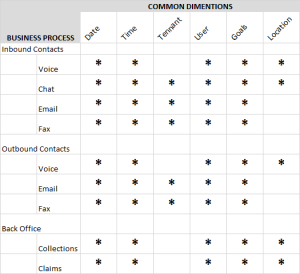Almost 2 months ago I had my first day at Avanade. For those of you who don’t know, Avanade was cerated as a join venture between Microsoft and Accenture. Avanade has thier own business development streams but 99.9% of the Microsoft projects Accenture wins, are sent to the the Avanade team for execution.
Well let me just say what an absolute joy it has been to come back to the Microsoft family of products. After 13 months of wasting my life away fighting with Open Source garbage, I’ve come home to integrated enterprise solutions that work as advertised or at least have some reliable sources for support when they don’t. I was actually told to stop blogging about how much the Open Stack is a waste of time and money… Anyway, that’s behind me.
To add to the good vibes, Avanade is connected to Microsft in so many ways. We’ve actually had advanced looks at new technologies before the rest of the community. There 20+ MVPs in just the Midwest region, Avanade requires 80+ hours of training every year, and employees are encouraged to participate in developer community organizations.
I’m excited to talk about the first area of expertise they’d like me to look at, Avanade Touch Analytics (ATA). I haven’t completed the training yet, but this offering is fantastic. The easiest interface I’ve ever used to create dashboards that look and feel like Tableau or Spotfire, but perform lightyears ahead of both. Once the data sources are made available to the ATA server for any customer’s instance, the dashboards can be authored for or on any device. Switch between layout views to see how your dashboards will look on any device before releasing them. Publish multiple dashboards to different Active Directory security groups and let your users pick the information that’s important to them. It’s exciting, and I’m glad to see an offering addressing the shortcomings of the competition in a hosted or onsite instalations.
Well that’s enough advertising. Now that my censorship is at an end, I’ll be blogging mroe often I really want to discuss SQL Server’s memory resident database product, interesting things I’ve learned about the SSIS Service recently, and Service Broker.
